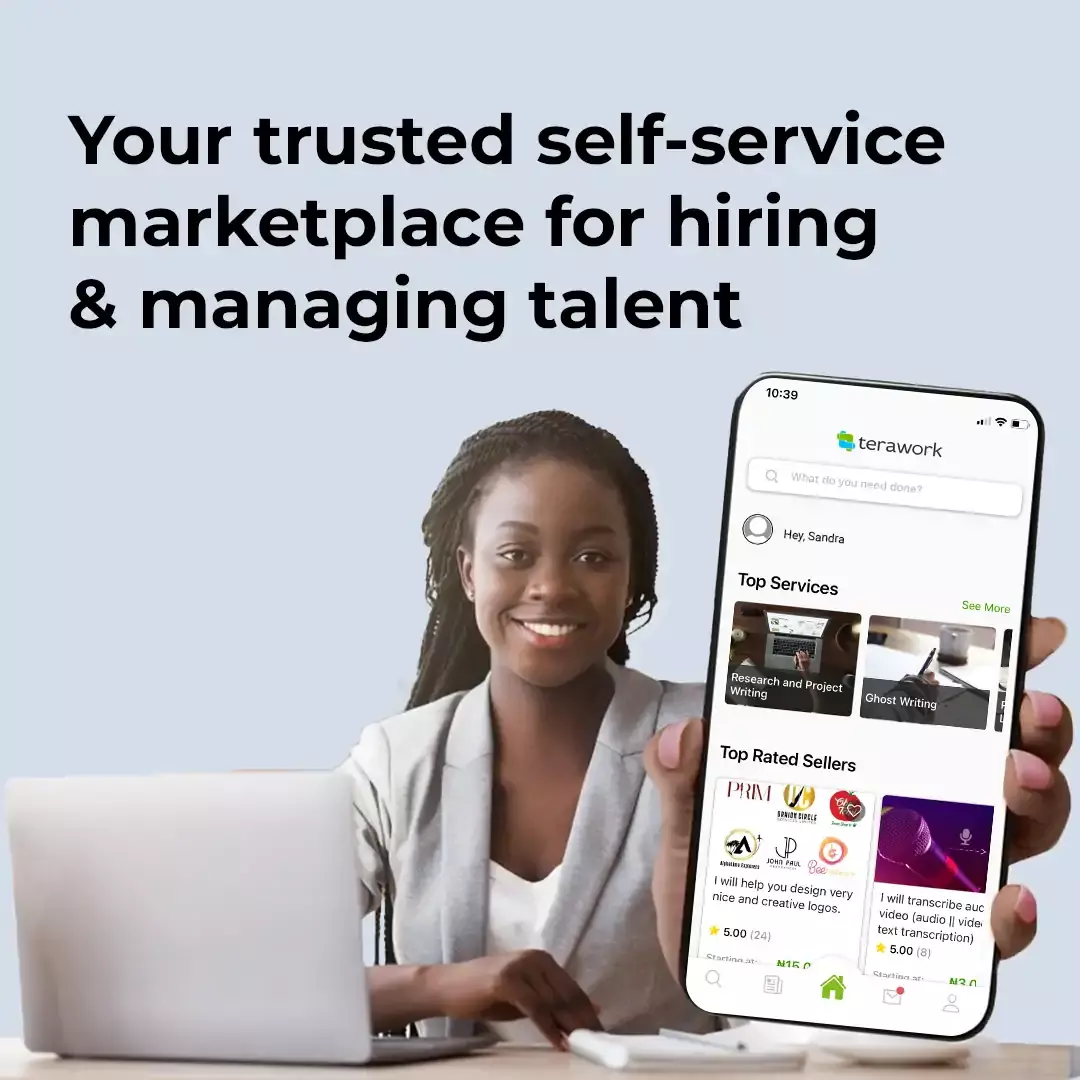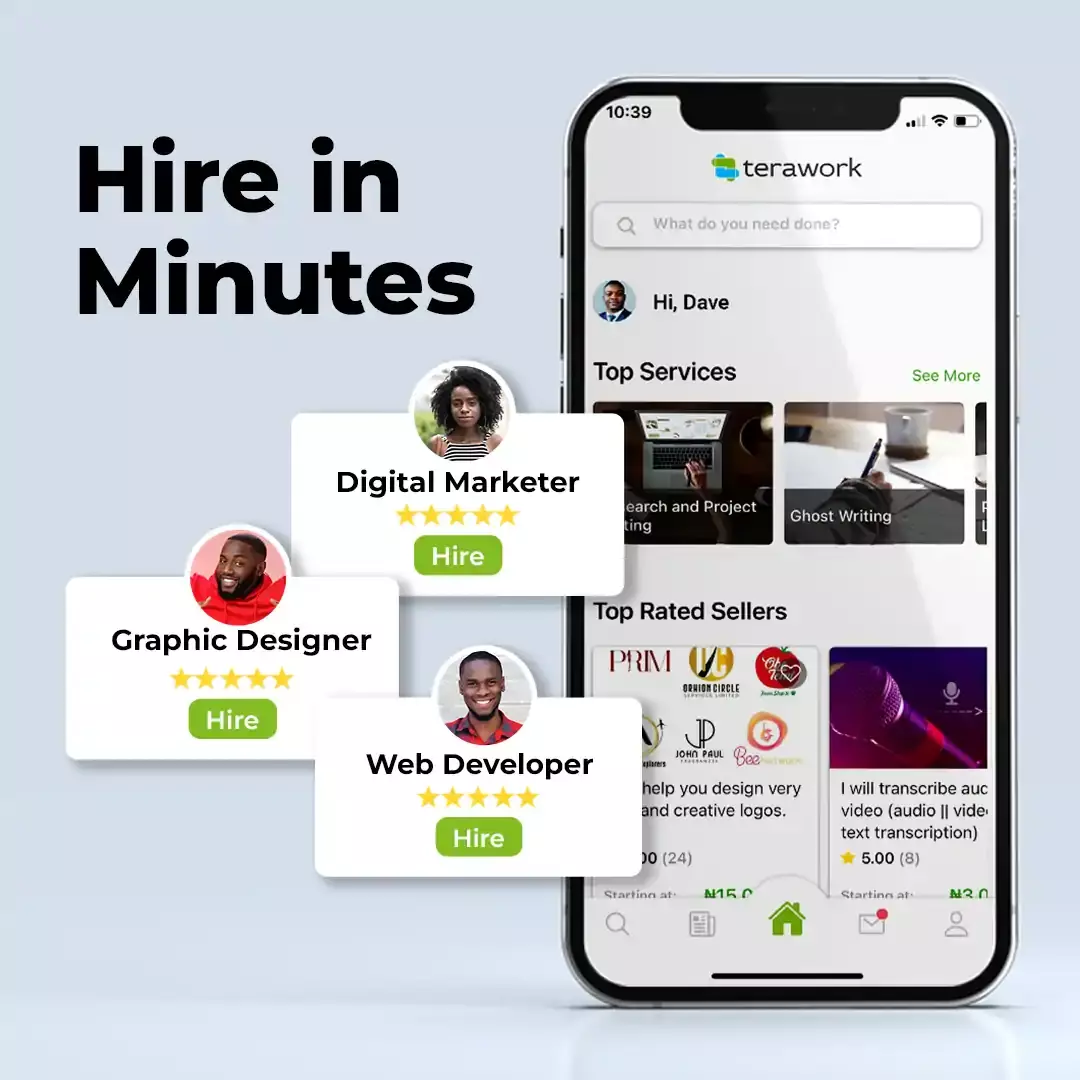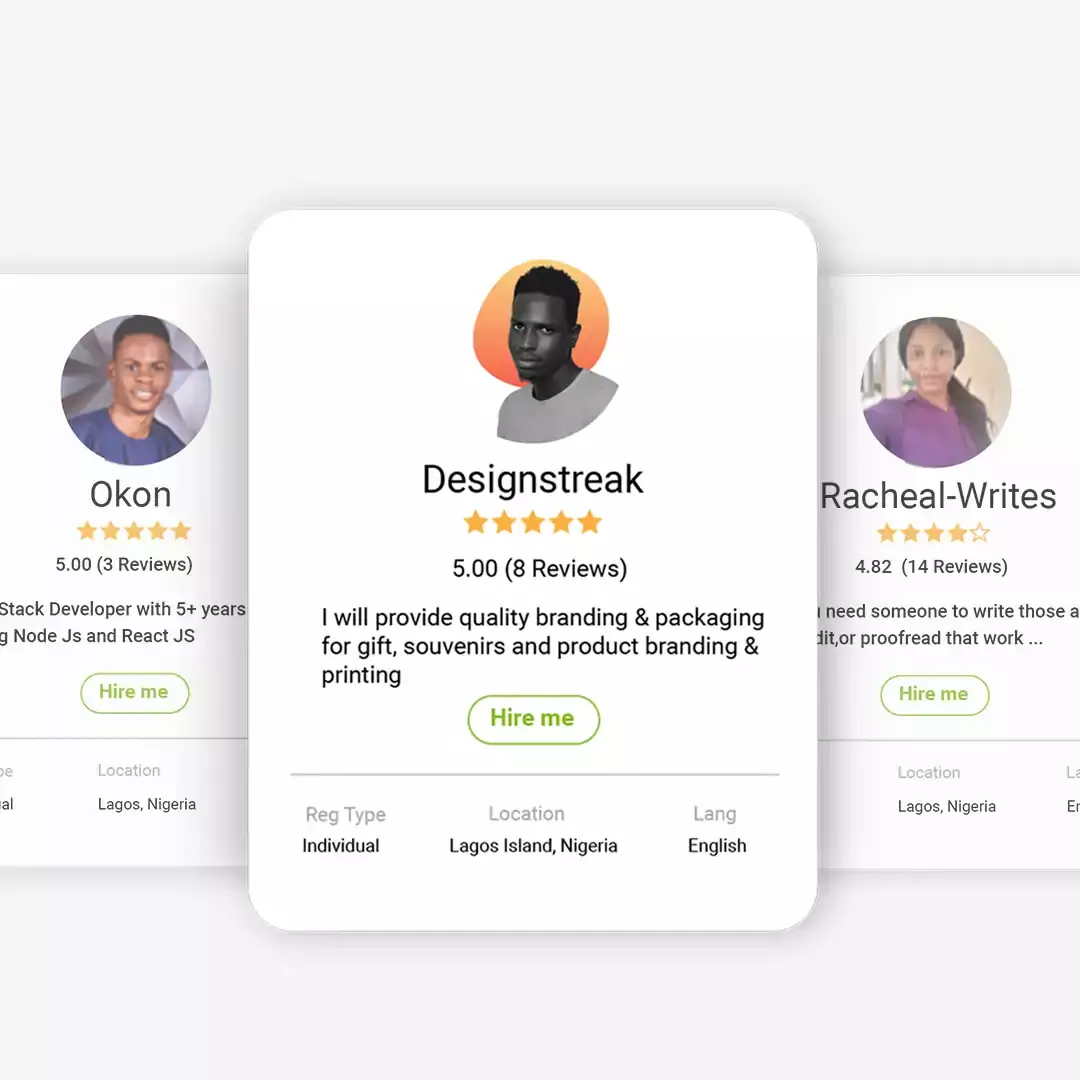1. The Freelance Economy Is Built for SMEs
Freelancing is no longer a side hustle, it’s a preferred lifestyle. By 2025, over 1.6 billion people globally will be identified as freelancers, contract workers, or remote-first professionals. The World Economic Forum reports that 47% of professionals under 35 years of age now prefer freelance work due to flexibility, autonomy, and variety.
This shift levels the playing field for Small and Medium-sized Enterprises. Through freelance platforms like TERAWORK, businesses can:
- Access specialised talent without paying for full-time overhead.
- Hire based on project scope and budget.
- Engage pre-vetted professionals in fields such as software development, digital marketing, finance, creative design, and customer service.
According to TERAWORK’s 2024 internal data, SMEs using the platform reduced hiring costs by an average of 42% while maintaining work quality and delivery speed.
For SMEs with lean budgets, this model turns talent acquisition into a low-risk, high-return investment.
2. Outsourcing Is No Longer Optional, It's Strategic
A 2025 Deloitte SME survey found that 63% of small businesses now outsource at least one function, compared to just 41% in 2019. Why? Because outsourcing is no longer a backup plan, it’s a deliberate, strategic move to increase agility and focus.
SMEs are outsourcing:
- IT services (development, cybersecurity, support).
- Finance and bookkeeping.
- Marketing and content creation.
- Customer service and admin support.
This allows small businesses to:
- Focus internal resources on core competencies.
- Avoid the cost and time associated with building teams from scratch.
- Easily scale work up or down based on workload or demand.
3. Flexibility Has Become the New Currency
Today’s professionals value freedom just as much if not more than pay. According to LinkedIn’s 2025 Global Talent Trends,
- 79% of job seekers say flexibility is just as important as salary.
- 67% would accept lower compensation in exchange for growth and work-life balance.
- 56% prefer working for purpose-driven companies with clear missions.
SMEs can use this to their advantage. While they may not offer corporate-level compensation, they can offer:
- Remote or hybrid work options.
- Autonomy and project ownership.
- Skill development opportunities.
- An authentic, values-based company culture.
These non-financial incentives resonate deeply with modern talent and cost relatively little to implement. Flexibility, trust, and purpose are now key components of an SME’s talent value proposition.
4. Build a Brand That Draws Talent Without Big Budgets
You don’t need a corporate-sized marketing department to build employer branding. In 2025, even micro-businesses are creating magnetic brands by being visible, relatable, and values-driven.
SMEs can strengthen their employer appeal by:
- Sharing behind-the-scenes culture on LinkedIn and Instagram
- Highlighting employee growth stories and client wins
- Creating referral incentives to turn your team and network into talent scouts
5. Use Smarter Tools to Hire on Your Terms
Traditional job ads and lengthy recruitment pipelines don’t serve SMEs anymore. The smarter move is to adopt on-demand hiring platforms built to be fast, flexible, and cost-efficient.
TERAWORK, for example, is designed specifically to serve growing businesses. It allows SMEs to:
- Post roles or projects in minutes.
- Match with top-tier, pre-vetted freelancers.
- Set clear milestones, timelines, and deliverables.
- Pay securely through escrow-based systems.
- Track quality with built-in reviews and ratings.
This model allows SMEs to hire with confidence, pay only for results, and scale their workforce without long-term commitment, ideal for businesses focused on sustainability and agility.
Conclusion: It’s Not About Spending More. It’s About Hiring Smarter
The talent pool in 2025 doesn’t belong to the biggest employers. It belongs to the most adaptable.
SMEs don’t need massive HR budgets or brand prestige to attract great talent. They need to be:
- Flexible in how they structure work.
- Creative in how they package the opportunity.
- Intentional about when to outsource and when to build in-house.
- Strategic with the platforms and tools they use.





